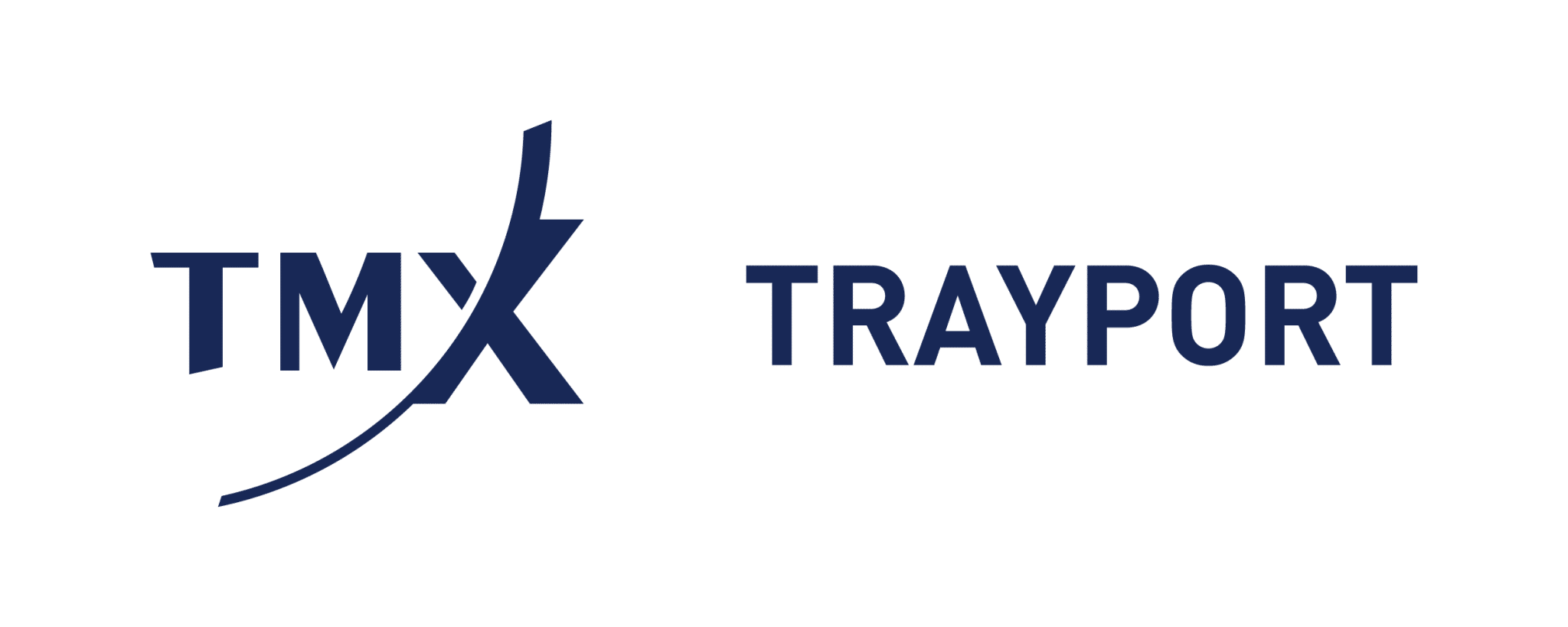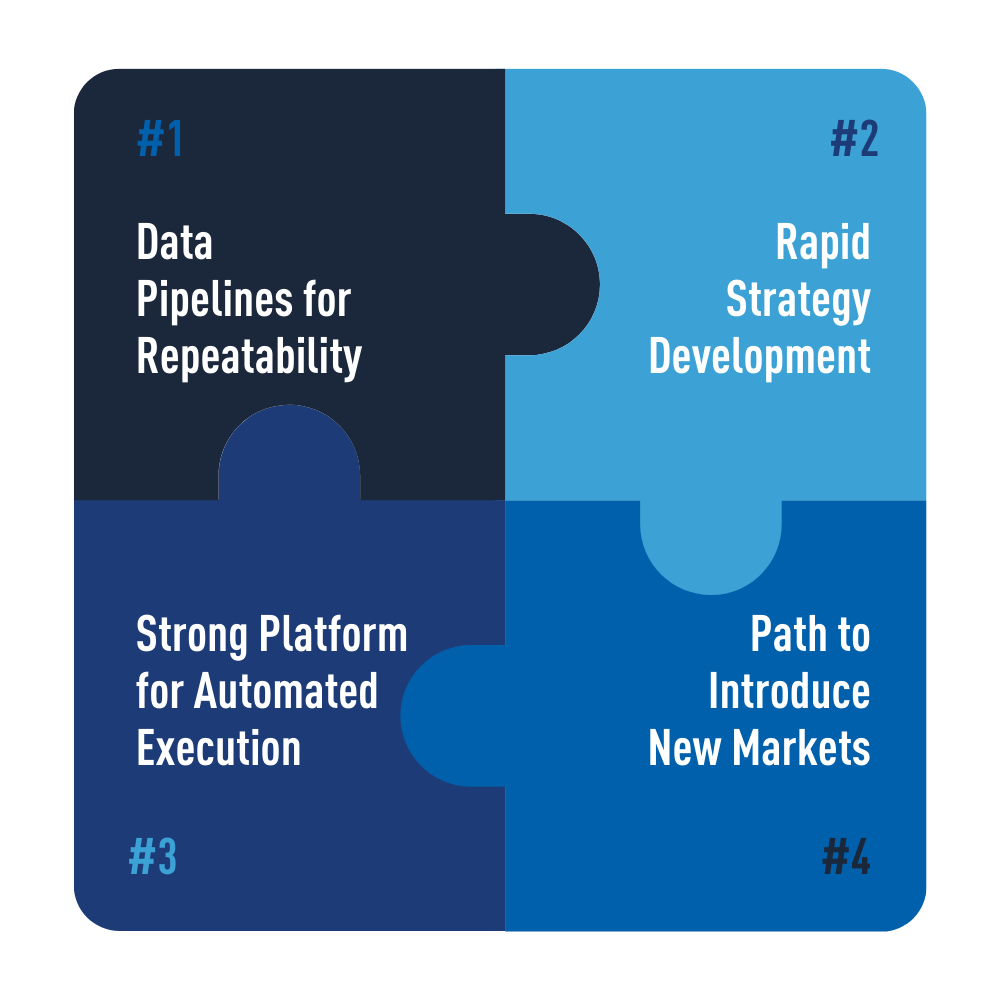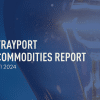In today’s markets, innovation is moving faster than ever, but how can traders combine their own strong intuition with the speed and accuracy of machines to maximise growth and efficiency?
To evaluate this question, it’s important to first look at a number of key factors when creating and implementing an automated trading system. This, in turn, will help you decide which areas to invest in, in order to build the foundation for an effective strategy moving forward.
What Is Required For An Effective Automated Energy Trading Strategy?
#1 Data Pipelines for Repeatability
Any quantitative trading strategy relies on data. An analyst might gather some data from a website in spreadsheet and build an ad-hoc model to give you a trading idea – but then they have to manually repeat those steps whenever the data changes. What’s needed for exponential growth is good tooling. When the gathering, cleansing, normalisation and enrichment of data is automated, you can use it in any number of strategies you develop in the future.
#2 Rapid Strategy Development
Consider how many different trading strategies you want to develop this year, next year, and the year after that. Technology and business processes should be set up to allow for rapid iteration, enabling you to quickly improve existing strategies, test new ideas and deploy them to production. This will require solutions for backtesting, algorithm evaluation and documentation of your algorithms but also a tight feedback loop with your compliance team.
#3 Strong Platform for Automated Execution
Knowing you can rely on a robust and fast framework greatly reduces the operational risk and increases efficiencies. It also pays off to use the same platform for automated execution in different markets. Scaling the number of markets and strategies is so much easier when the same framework can enforce limits, internalise orders between strategies and give traders a consistent interface for monitoring and control. It means you won’t have to reinvent the wheel several times over, and your compliance team will be thankful if you reuse a solution they already signed off on.
#4 Path To Gradually Introduce New Markets
As you expand your use of algorithms to new markets, don’t expect them to go from 0% to 100% automation overnight. In most markets, there will always be an element of manual trading, so it helps to have tools that support a hybrid approach. Strong training material also helps colleagues who are just getting familiar with the use of algorithmic trading.
Getting the foundation right will set up trading firms for success and allow them to really scale up the use of quantitative skills and automation.
While automation through advanced algorithmic trading is a key part of the solution to these challenges, experienced traders still play a vital role – perhaps now more than ever. They are the ones ultimately responsible for every trade regardless of whether it’s carried out by hand or programmatically.
Having visibility and control over both automated and manual trading in a single tool greatly reduces complexity and streamlines a hybrid trading approach.
In companies that have largely automated their trading, the ability for algorithms to take over the routine work actually presents great opportunities for traders. They find that they have the freedom to become more creative: analysing the market and inventing new strategies to better optimise assets or to increase profitability. With AI-based approaches traders can even learn from the ideas discovered by their models, resulting in an upward spiral of human and machine intelligence.
In this way, the use of data and automation drives further innovation across the industry.





